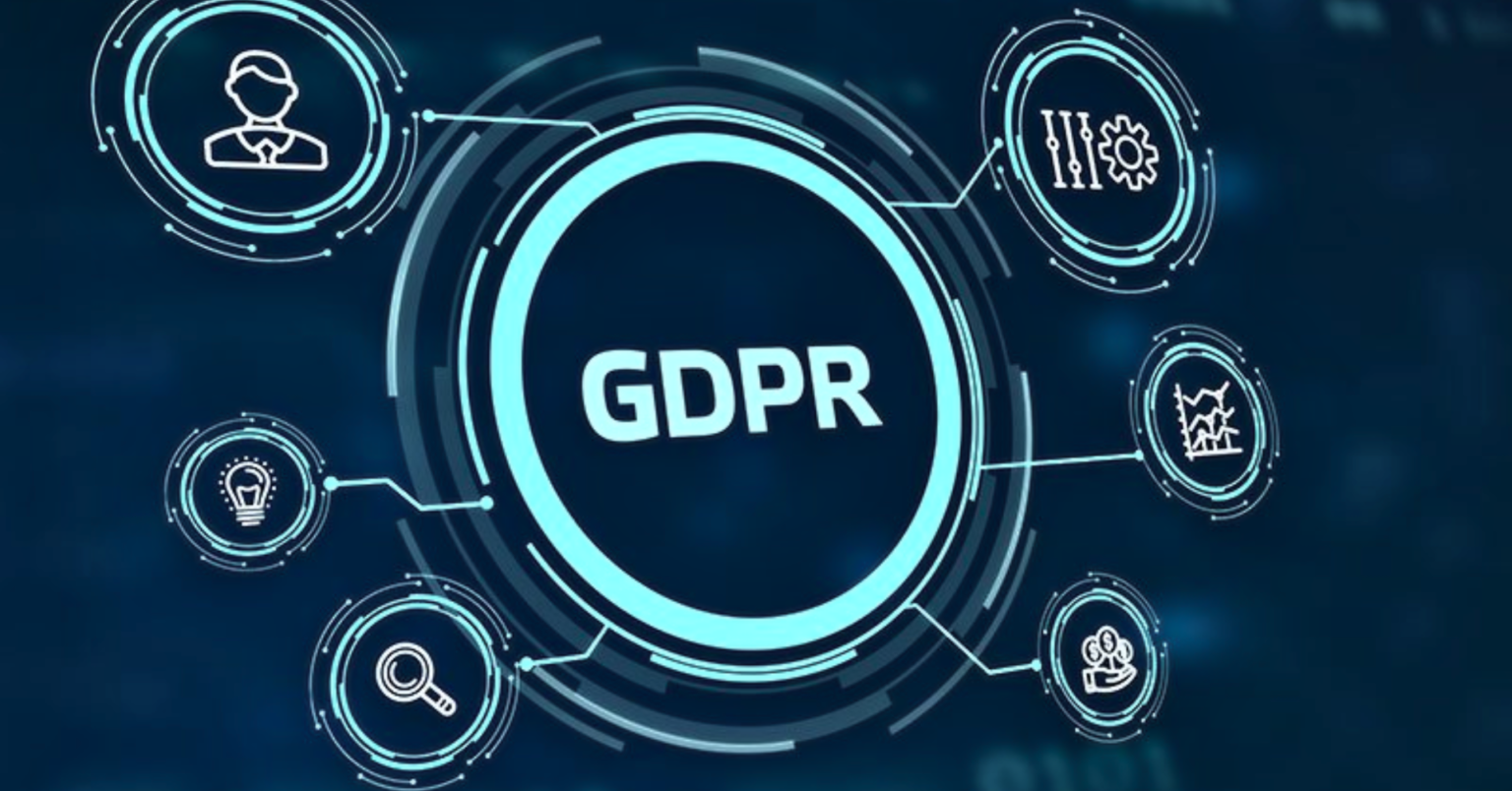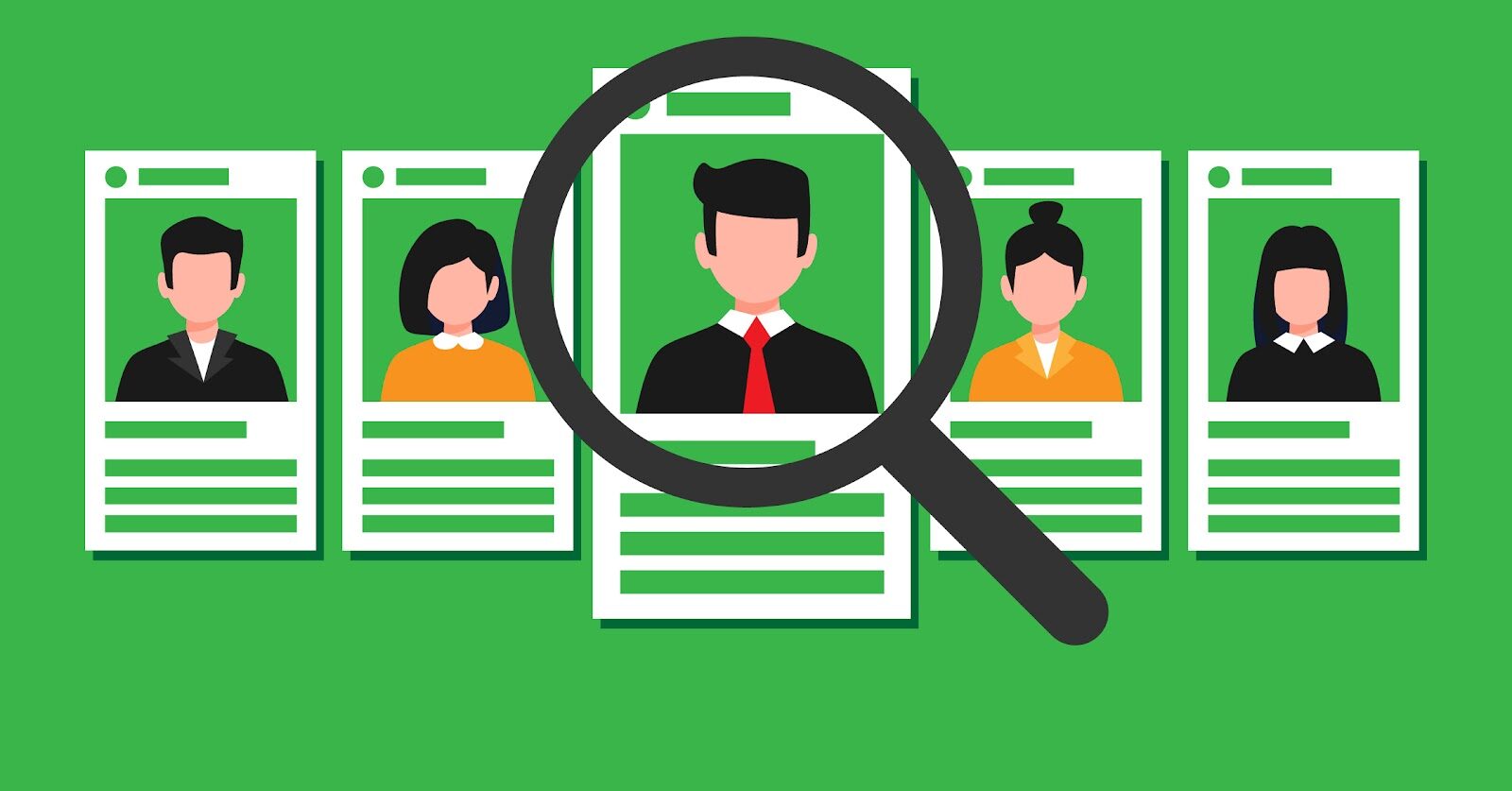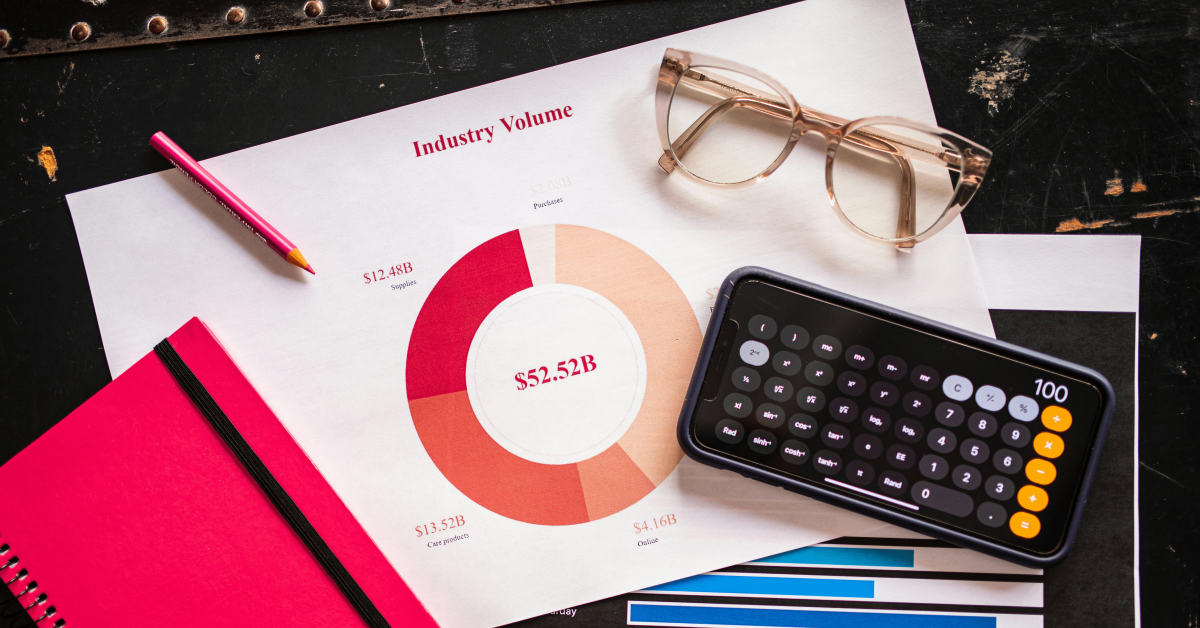How to Source GDPR-Compliant B2B Leads Without Breaking the Law
If you’re targeting businesses in the EU (or even handling data from EU residents), the General Data Protection Regulation (GDPR) isn’t just a guideline — it’s the law.
And for B2B marketers, sales teams, and lead generation specialists, that means you can’t just grab data from anywhere. The wrong approach can lead to hefty fines and reputational damage.
Here’s how to find GDPR-compliant B2B leads—safely, ethically, and effectively.
1. Understand What GDPR Actually Allows
GDPR does not ban B2B lead generation — it regulates how you collect, store, and use personal data.
For B2B, you typically can process data under the legitimate interest clause, as long as:
- The data is publicly available or consented to by the contact.
- You clearly state why you’re contacting them.
- You give them an easy opt-out.
2. Use GDPR-Safe Data Sources
Stick to sources where the data is publicly available or provided with consent.
Examples of GDPR-Compliant Lead Sources:
- LinkedIn Sales Navigator – Great for finding professionals by role, industry, and location.
- Company Websites – Publicly listed business emails (like contact@ or firstname.lastname@company.com) can be used if relevant to your offer.
- Industry Directories – Many niche directories publish verified business contacts.
- Press Releases & Event Websites – Speakers, sponsors, and exhibitors often have publicly available contact info.
3. Use Tools That Support GDPR Compliance
If you’re using enrichment or verification tools, choose ones that explicitly follow GDPR guidelines.
| Tool | Purpose | GDPR Compliance Support |
|---|---|---|
| LinkedIn Sales Navigator | Prospecting & lead search | Public professional profiles |
| ZoomInfo | Lead enrichment | GDPR-compliant data acquisition processes |
| Cognism | Sales intelligence | Verified GDPR-compliant contact data |
| Apollo.io | Prospecting & outreach | Opt-out & compliance tools |
4. Keep Your CRM GDPR-Ready
- Maintain an opt-out list.
- Record how and when you sourced each lead.
- Regularly clean your CRM to remove unengaged EU contacts.
5. Avoid These GDPR Pitfalls
- Scraping personal emails from private databases.
- Using data purchased from shady third-party lists.
- Sending cold emails without identifying yourself or offering an opt-out.
- Storing outdated or irrelevant contact details.
Final Tip: Manual Sourcing is the Safest
Automated scraping tools can put you at risk if they pull from non-compliant sources. That’s why many companies outsource manual lead sourcing to experts who only use GDPR-safe channels.
💡 Need a GDPR-Compliant Lead List?
We manually research and build custom B2B lead lists only from legally compliant sources—helping you grow your pipeline without risking fines.



